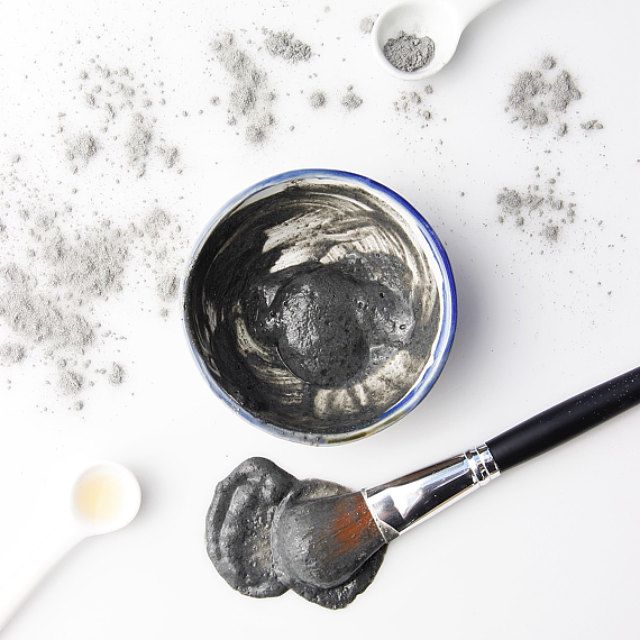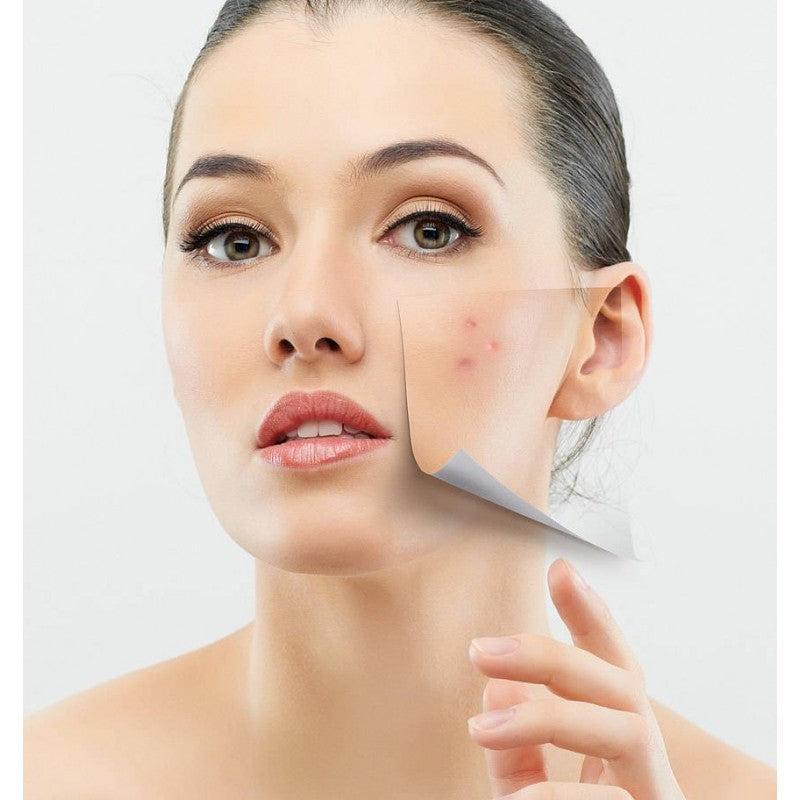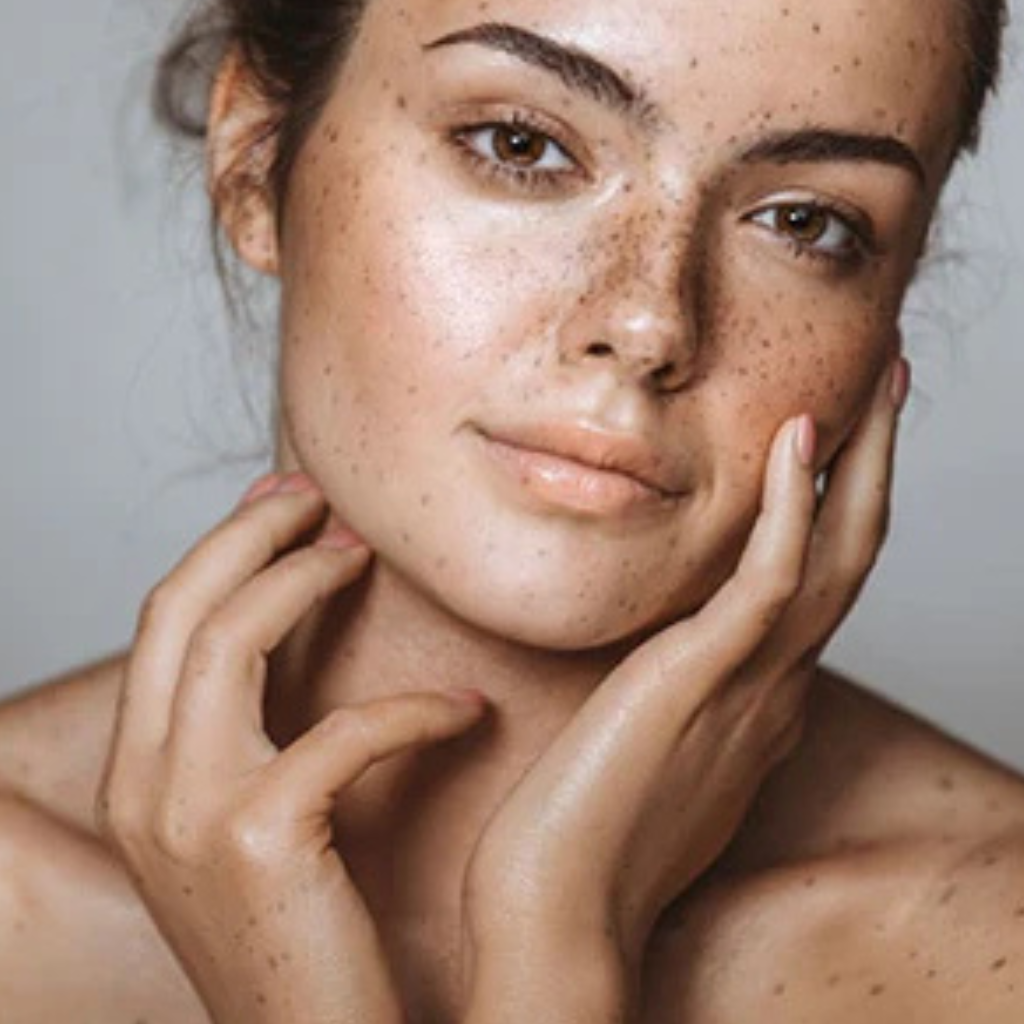Tinted SPF. How protective is it?
We all know that wearing sunscreen is essential—it helps protect your skin against sun damage which can cause skin cancer, as well as signs of premature ageing like wrinkles or brown spots.
The UV protection provided by these tinted SPF products can come from either chemical or physical sunscreen filters (or, my personal preference, a combination of the two). Chemical filters include ingredients such as:
-Bis-ethylhexyloxyphenol methoxyphenyl triazine (also known as Tinosorb S or Bemotrizinol) - a synthetic UV filter that delivers broad-spectrum sun protection due to its ability to absorb UVA and UVB rays..
- Octocrylene - a chemical sunscreen ingredient that, once absorbed into the skin, captures harmful UV rays before they can cause damage to the underlying skin cells
Physical filters, sometimes also referred to as mineral filters, are made of mineral oxides such as zinc oxide or titanium dioxide.
These sit on top of your skin to protect it from UV rays. They're different from chemical sunscreens because they don't penetrate into the skin like their chemical counterparts do. Instead, they sit on top of the epidermis (the outermost layer) and reflect UV rays away from your body so that they can't reach deeper layers where they could cause damage or cancerous growths.
But what about the “tinted” aspect of these sunscreen products? Where does the colour come from? In general, cosmetic tints are made using some combination of mineral oxides (typically titanium dioxide for white and iron oxides for yellow, red, and black).
This combination of titanium dioxide and iron oxides is especially beneficial because it protects skin against blue light better than untinted sunscreen. Blue light is part of the visible light spectrum and is emitted by our screens, but the biggest source of blue light is the sun. There is evidence that blue light can contribute to visible skin ageing and hyperpigmentation.
SPF 30 vs SPF 50
People often assume that they are given almost twice the amount of protection by applying an SPF 50 sunscreen compared to one that has SPF 30, so can apply less. This is not true, In reality, SPF 100 only provides you with about 2% more protection than SPF 30. It really comes down to applying enough of the product, otherwise, you’re leaving your skin open to damage.
Even more important than the SPF number (which measures how long you can remain in the sun without the skin turning pink) is that it contains a broad spectrum protection which protects against UVA rays as well.
UVB - Burning rays - play a key role in developing skin cancer. A sunscreen's SPF number refers mainly to the amount of UVB protection it provides.
UVA - Ageing rays - cause skin damage that leads to skin ageing and wrinkles.
Tips for Using Sunscreen
The easiest way to ensure you never forget to wear sunscreen daily is to use a tinted moisturiser with SPF built-in. I am partial to Shanga De-light, which is a good anti-ageing option not only because it has that sun protection; it also contains the peptide acetyl hexapeptide-51 to help visibly reduce wrinkles. Multi-tasking for the win.
This formula combines both chemical sunscreens—octocrylene and tinosorb—along with mineral-based titanium dioxide. Those offer the necessary broad-spectrum protection, though this also has the added benefit of botanical kakadu plum and niacinamide (vitamin B3) to minimise damage from other environmental factors (think: pollution and temperature changes). Plus, it has a gorgeous finish that's slightly dewy but never greasy.
Best Practices for Sun Safety
Avoid the sun during peak hours. The sun's rays are strongest between 10am and 4pm, so try to avoid being outside during those hours if possible.
Wear protective clothing when you go out in the sun--and don't forget to cover your head! If you can't avoid going out in the heat of the day, wear a hat with a wide brim that shades your face and neck; long sleeves; pants or skirts); and closed-toe shoes instead of sandals or thongs.
Stay hydrated! Drink plenty of water throughout the day so that you stay hydrated even if you're sweating from all that sunscreen application!



